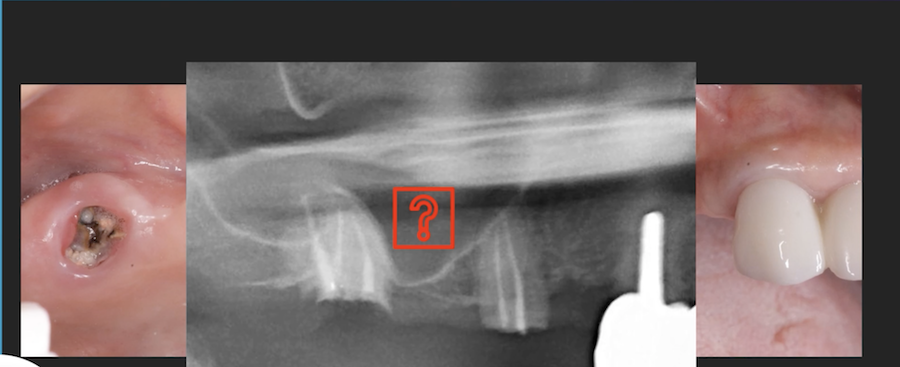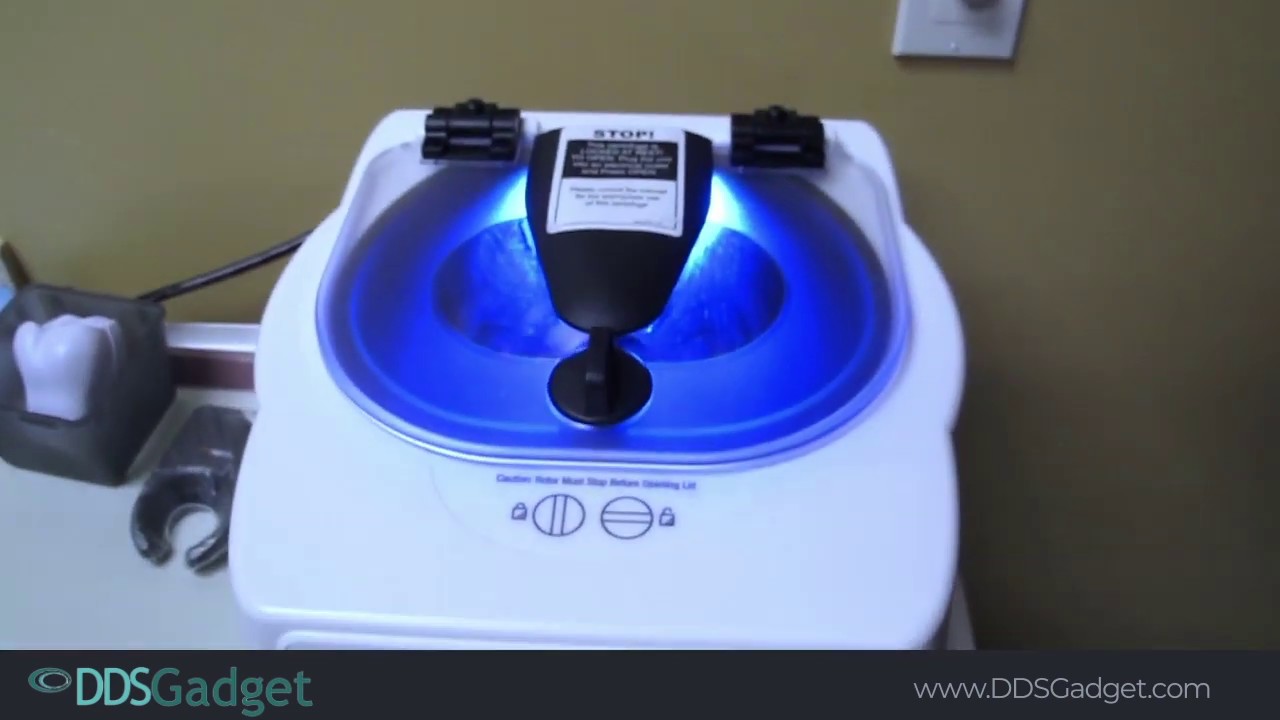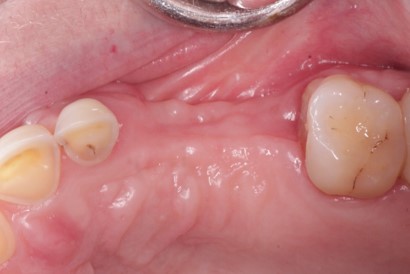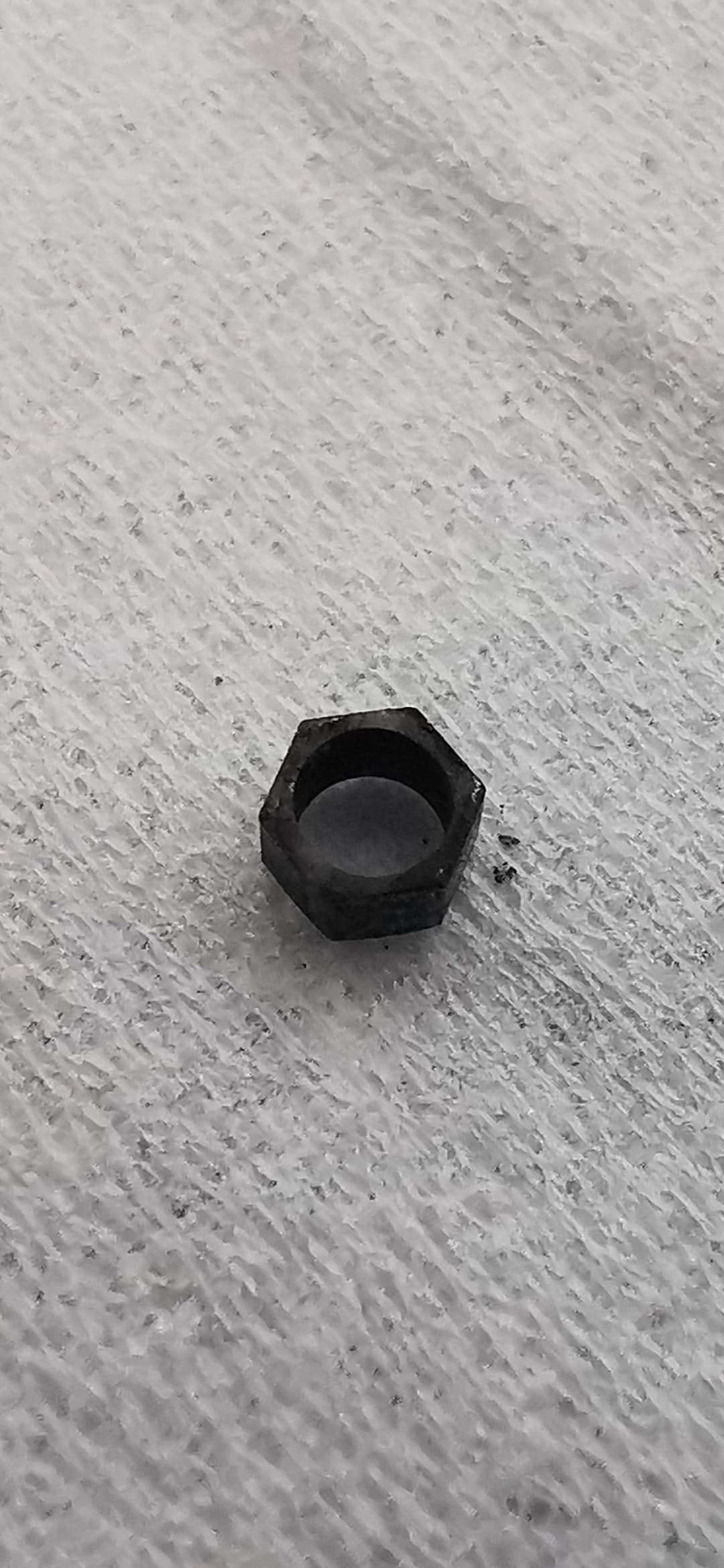Bone Block with Puros Allograft and Biomend Fails: Recommendations?
Dr. J asks:
I am a prosthdontist and place mostly Straumann ITI implants. Recently I have started using Puros Block Allograft [Zimmer] of corticocancellous bone for block grafts. My protocol has been to place the block graft and cover with BioMend Type I collagen membrane [Zimmer]. One continuing problem that I have noted is that the periosoteum has not attached to the block graft even after 6 months of post-operative healing period. In one case the block graft became exposed at the alveolar crest. I tried twice unsuccessfully to close this defect with primary closure with tension free flap and tension free suturing. I have not detected any signs of infection in these failed block graft cases. I would like to know if anybody else is experiencing these problems and if so, what did you do to correct the problem. Am I doing something wrong or have I failed to not do something that I should have done to promote the healing of the block graft? Should I just remove these block grafts, wait for healing and then graft again at a later date? For those of you who have had success in this area, what do you recommend?


















